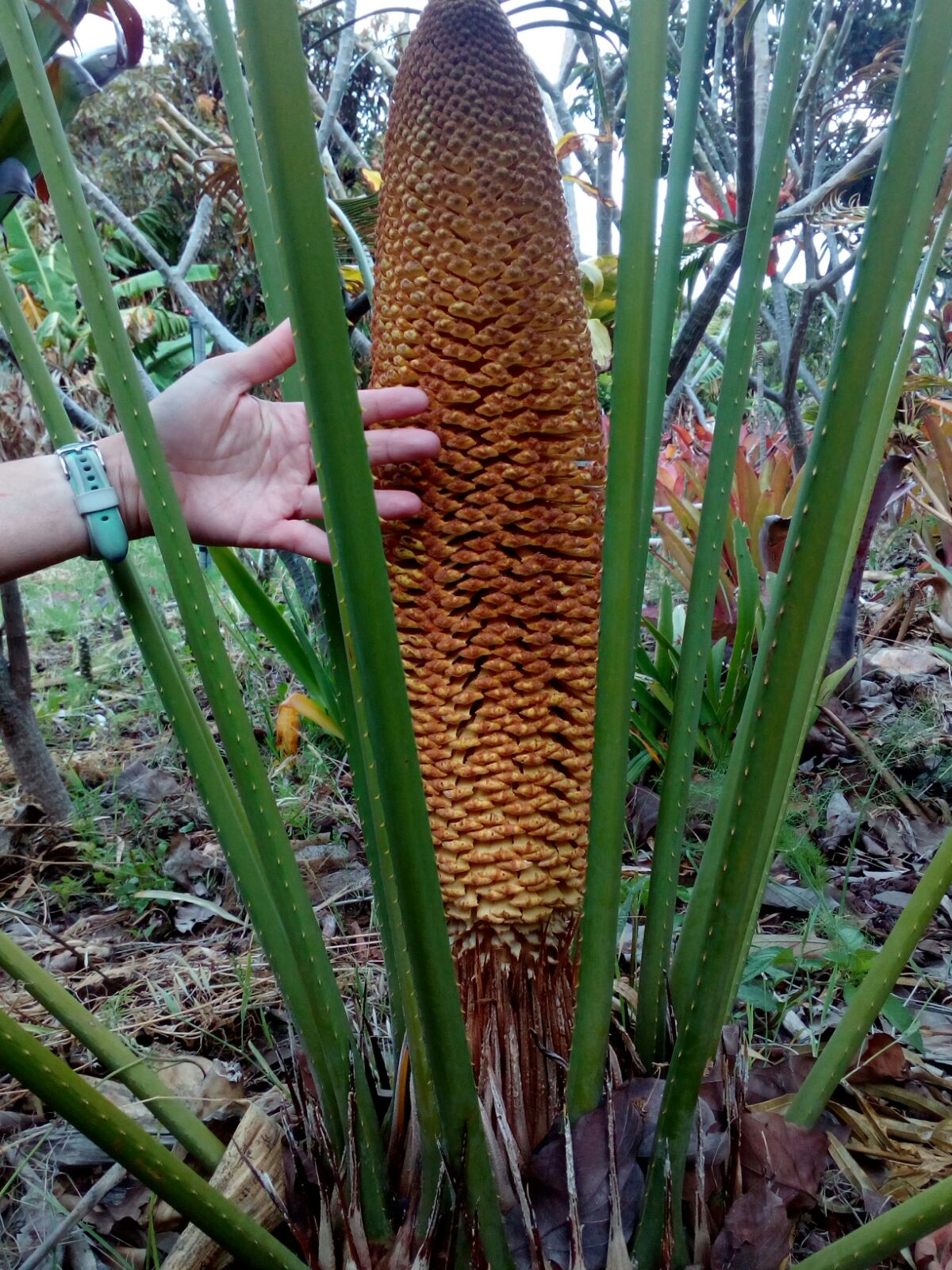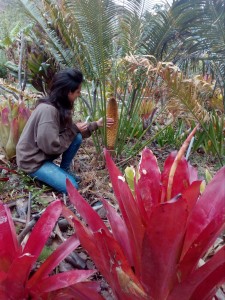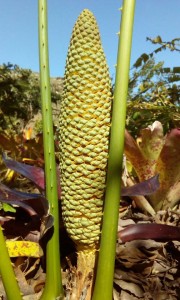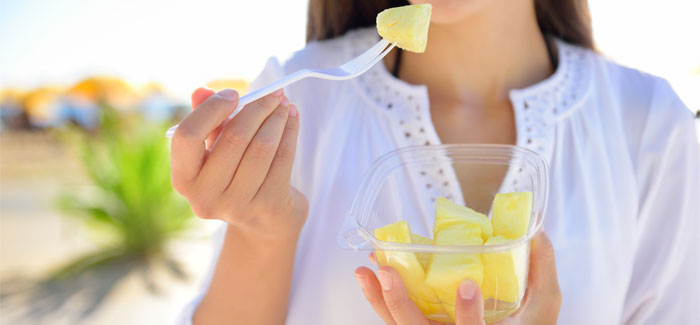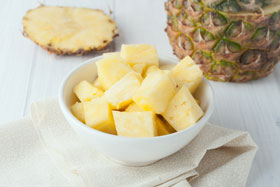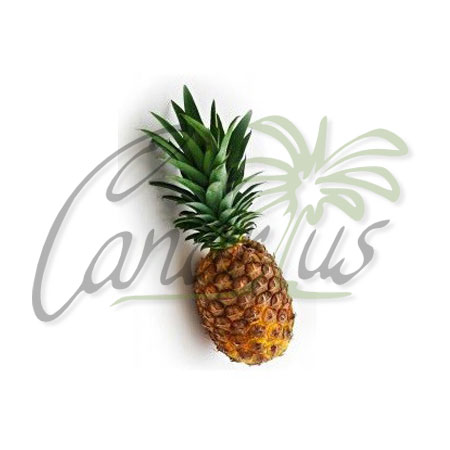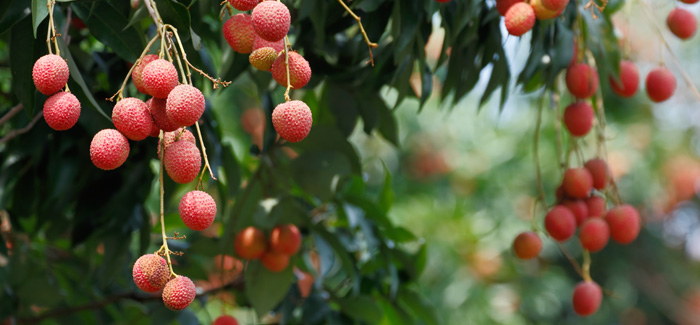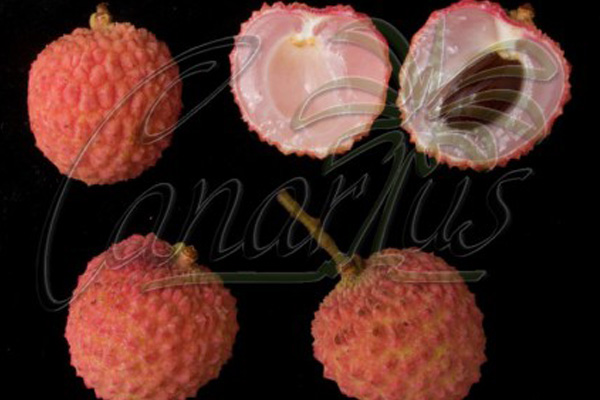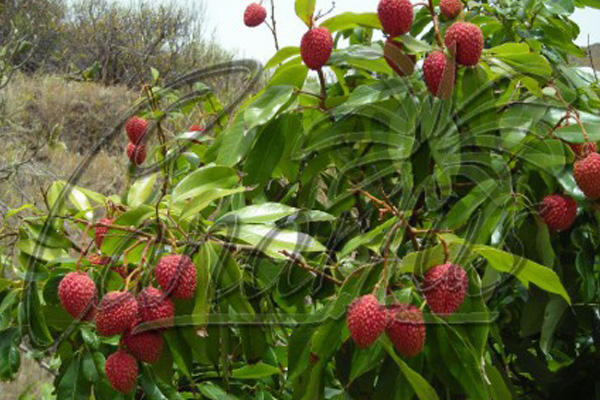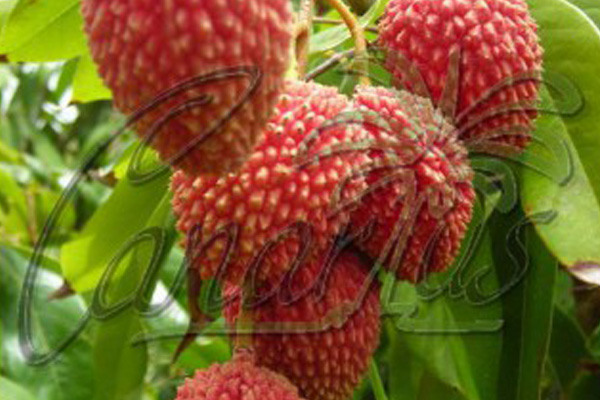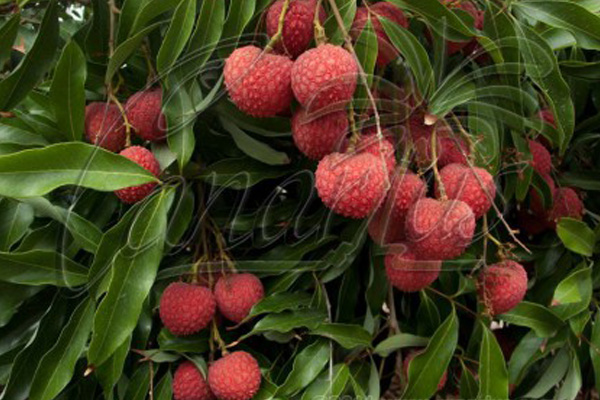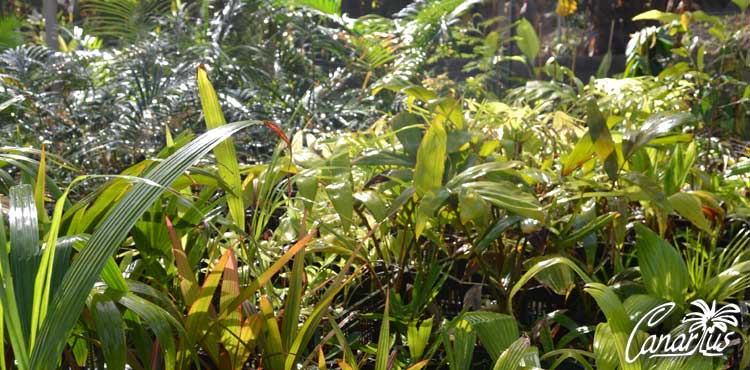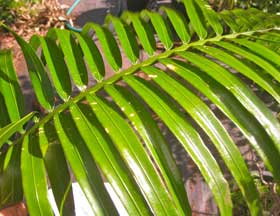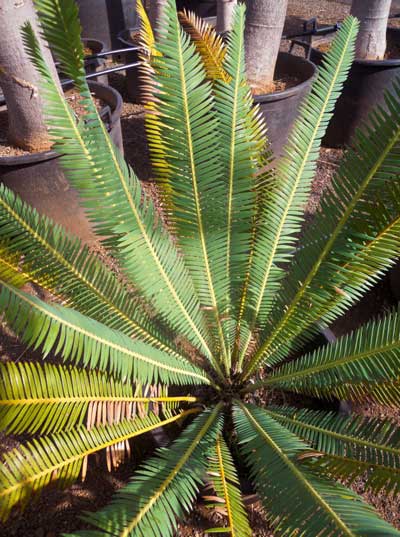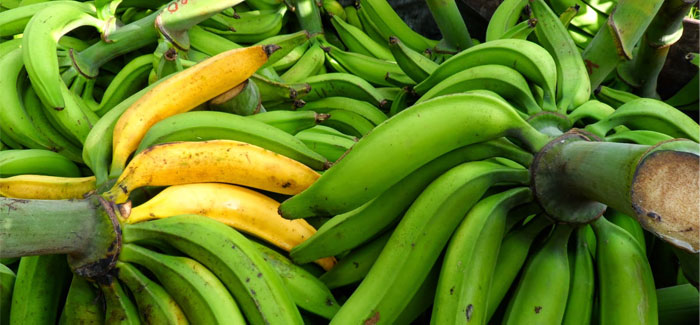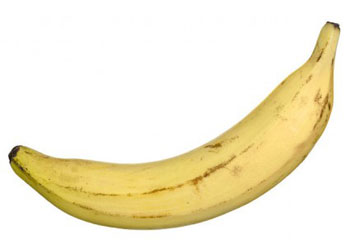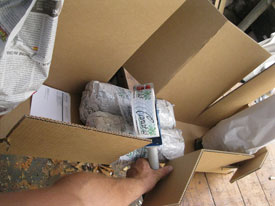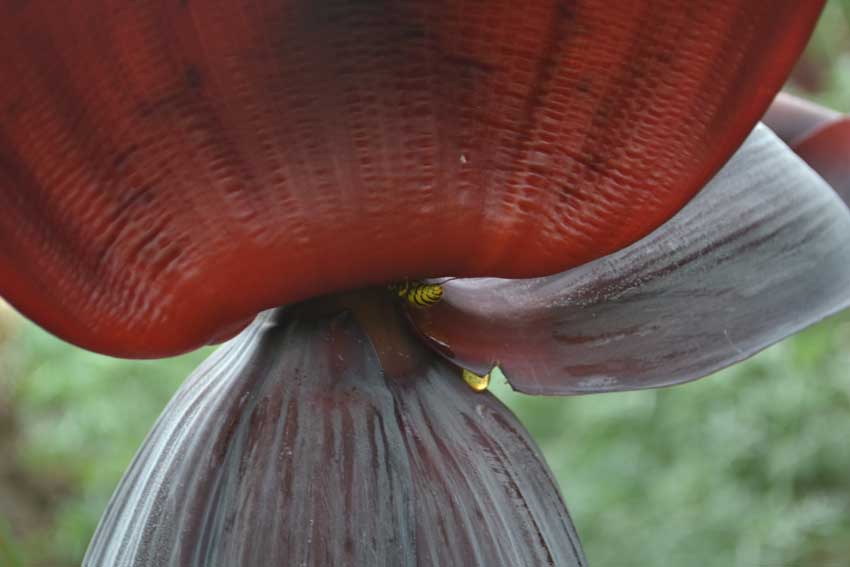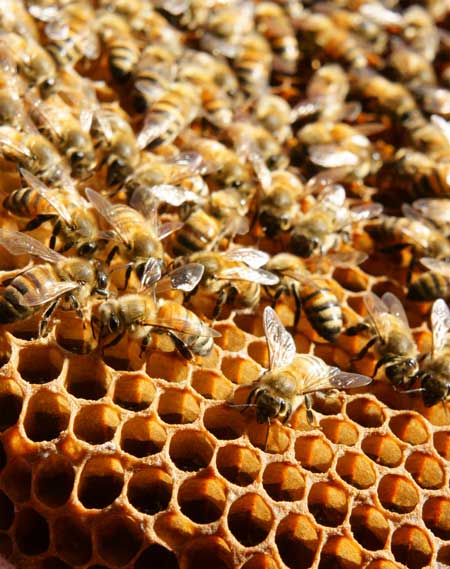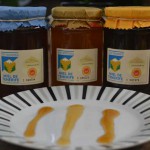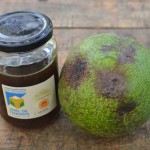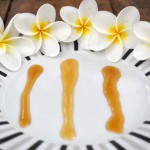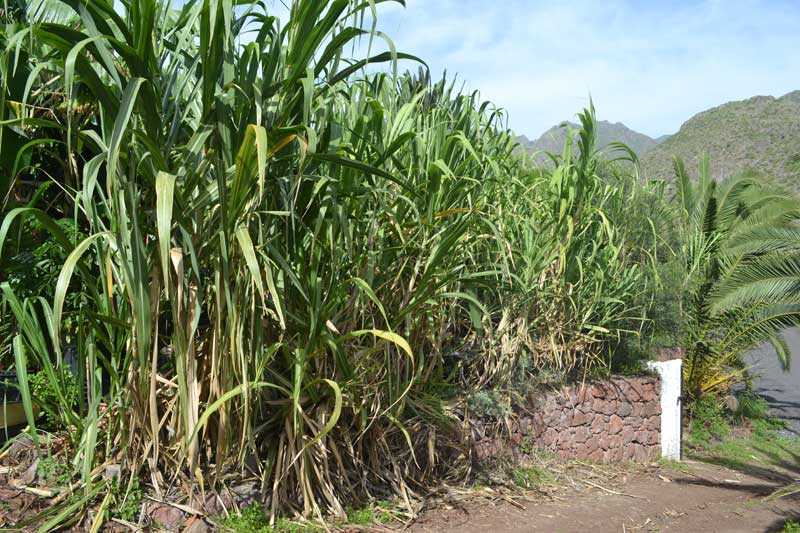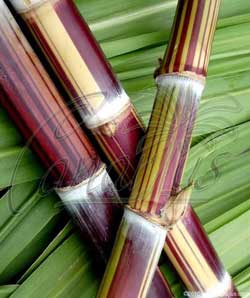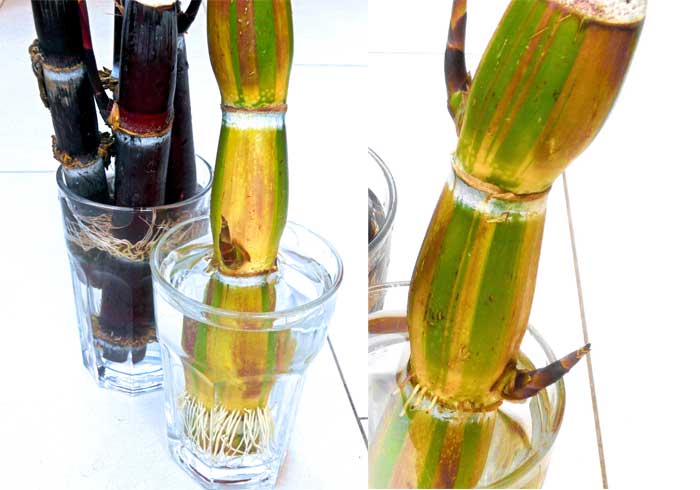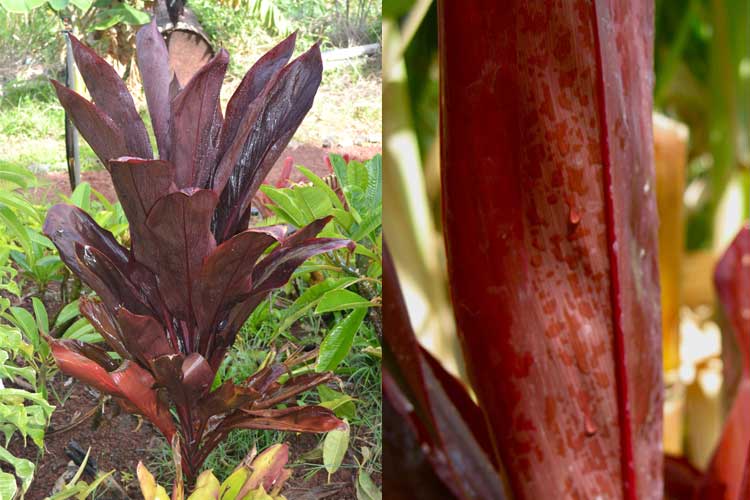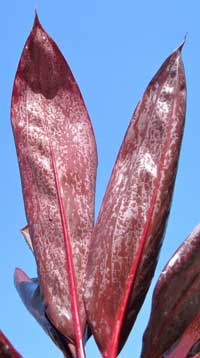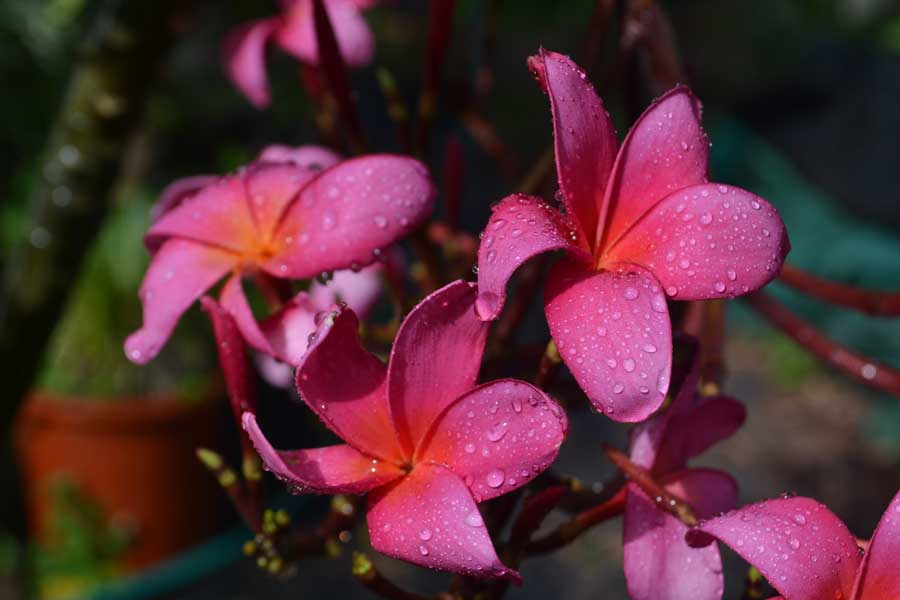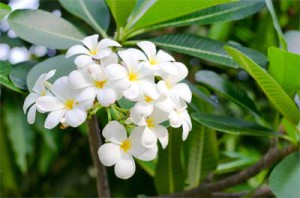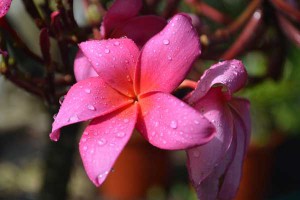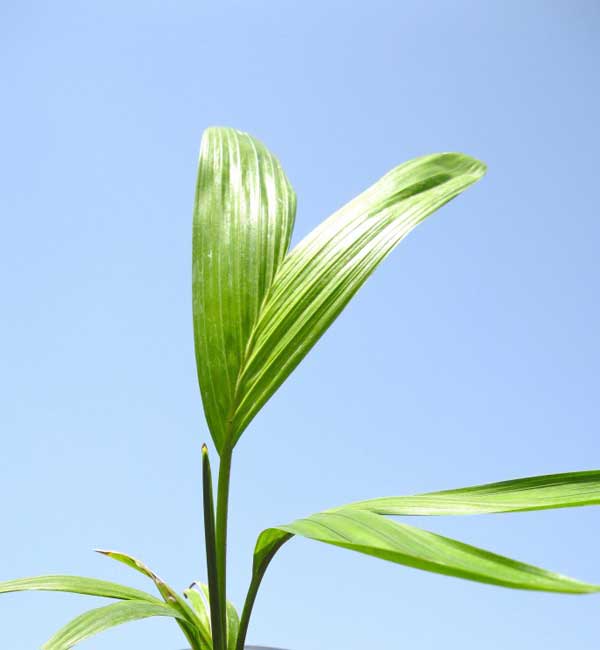A male cone is ready!
We grow different species of cycads as mother plants in order to obtain seeds for propagation. Here we show the mountain form of Cycas diannanensis. In february 2018, as our plants are about 8 years old, the first specimen achieved maturity and it is a male. Once the tall cone is fully exposed and developed it starts to shed yellow pollen.
Here in Tenerife, February is cool and wet. No females are ready, but one of the adjoining plants is now showing the tip of a female cone, which is much shorter and wider. It will be ready later, probably in mid-summer when the hot weather will make it grow faster.
So we collect the pollen from the male Cycas diannanensis ‘Mountain Form’ and store it for a later use. The pollen is put in a paper envelope and gently dried. It has to be refrigerated in order to last for months. Once the female cone will be ready we will try to inject the pollen inside to make the pollination happen. Our goal is to produce seeds and seedlings for our website www.canarius.com
What is Cycas diannanensis ‘Mountain Form’ ?
Cold-hardy cycad from high elevation, with broad leaflets. Leaf margins are flat or undulate, not twisted on the rachis. It is a widespread species in China, distributed through central and eastern Yunnan, often found on steep slopes high on ridges, between about 600 and 1800 m. This species was described in the 1990′s. Leaves are bright green or deep green, highly glossy, 140-330 cm long. Cycas diannanensis is another frost hardy species.
This particular form of Cycas diannanensis was formerly named by Chinese botanists Cycas parvulus, known from the material collected around Mengdian village.
















